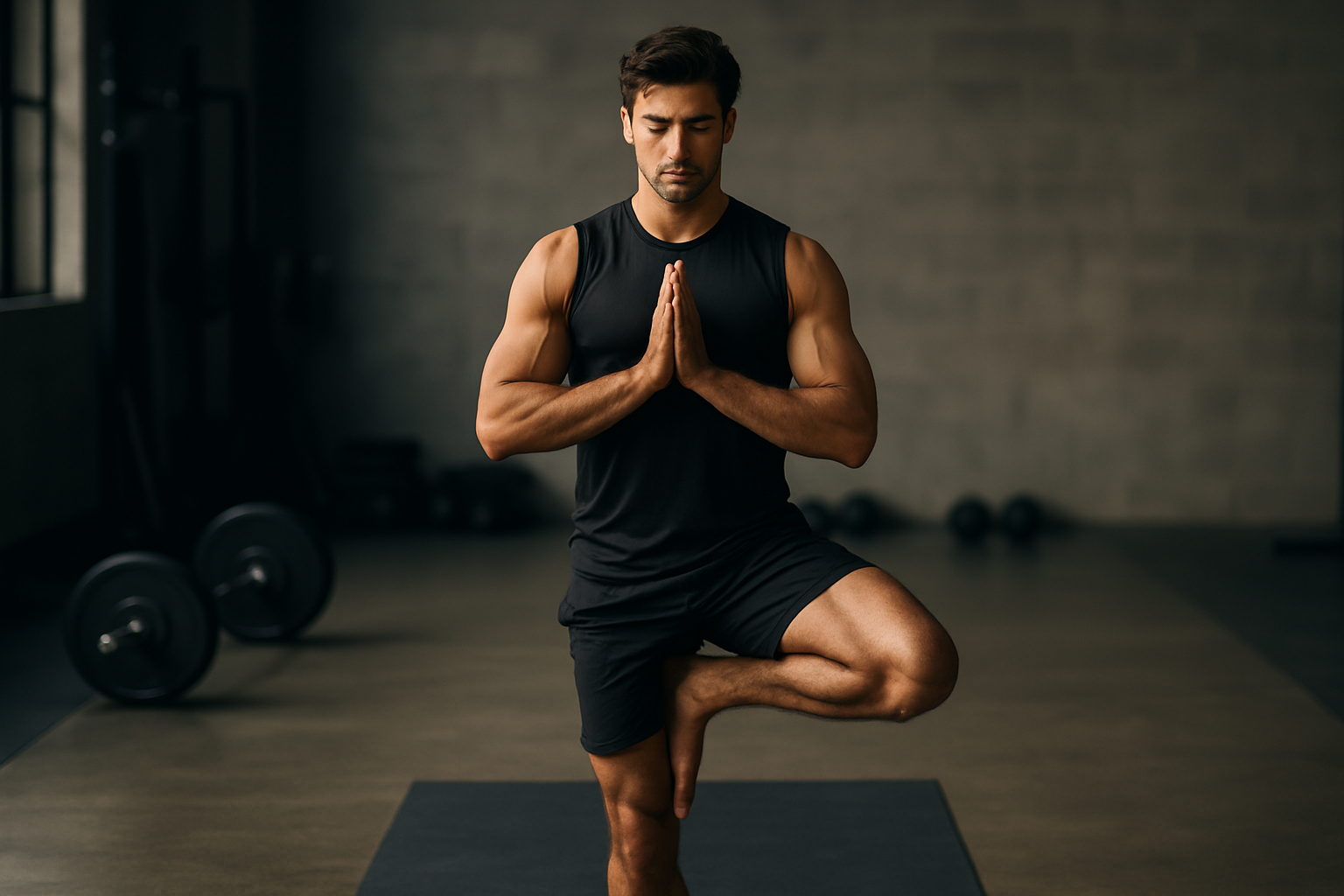Striking Balance: A Comprehensive Look at Yoga's Increasing Influence in Sports
As we delve into the realm of sports and athletics, we often encounter recurring themes of strength, endurance, and agility. However, a relatively recent trend is weaving its way into athletes' training regimens, one that emphasizes balance, flexibility, and tranquility—yoga. This ancient practice, with roots dating back to the Indus Valley civilization around 3000 B.C., has begun to manifest itself in locker rooms, training facilities, and even on the playing fields as athletes seek holistic ways to enhance their performance.

Historical Context: Yoga and Sports
Yoga, initially a spiritual practice in India, has evolved dramatically over centuries, becoming a popular fitness trend worldwide. In the 20th century, yoga started to gain traction in Western societies, primarily for its physical and mental health benefits. Only in the past few decades has the sports industry started recognizing its potential in enhancing athletic performance. From football to basketball, tennis to surfing, athletes have started incorporating yoga into their training regimens, emphasizing its relevance in modern sports.
The Yoga Influence: Current Trends and Analysis
In the current sports landscape, yoga is no longer considered a mere ancillary activity. The paradigm shift is evident as yoga-based training is being integrated into athletes’ core workout routines. An increasing number of sports teams, across various disciplines, are hiring yoga instructors as part of their staff. This trend is backed by numerous research studies highlighting the tangible benefits of yoga on athletic performance, including improved flexibility, enhanced core strength, superior balance, and better mental focus.
Unraveling the Benefits: Real-world Applications and Challenges
When applied to sports, yoga’s benefits are manifold. Flexibility reduces the risk of injuries, core strength aids in balance and stability, while mental focus can improve performance under pressure. However, integrating yoga into a high-intensity training environment isn’t without challenges. The slower pace and introspective nature of yoga can seem counterintuitive to the high-energy atmosphere prevalent in most sports. Therefore, the key lies in finding a balance, ensuring athletes reap the benefits of yoga without compromising their regular training intensity.
Empirical Backing: Evidence-based Benefits
The benefits of yoga for athletes aren’t just anecdotal. Several research studies corroborate these claims. For instance, a study published in the Journal of Strength and Conditioning Research found that incorporating yoga improved athletes’ flexibility and balance, two critical factors for athletic performance. Another study in the International Journal of Yoga highlighted yoga’s role in stress reduction, potentially helping athletes perform better in high-pressure scenarios.
The Future of Yoga in Sports: A Forward-looking Perspective
As we move forward, the role of yoga in sports is poised to grow. With an increasing emphasis on holistic wellness and mental health in sports, yoga’s mind-body approach aligns perfectly with these evolving priorities. The future might witness a more profound integration of yoga into athletic training, where it’s not just seen as an add-on but a necessary component of an athlete’s overall training regimen.
In conclusion, as the sports universe continues to evolve, yoga is emerging as a strong influencer in athletic training. By integrating mind and body, yoga offers athletes a holistic avenue to enhance their performance, promising a future where sports training is not just about physical prowess but also about mental well-being and inner balance.





